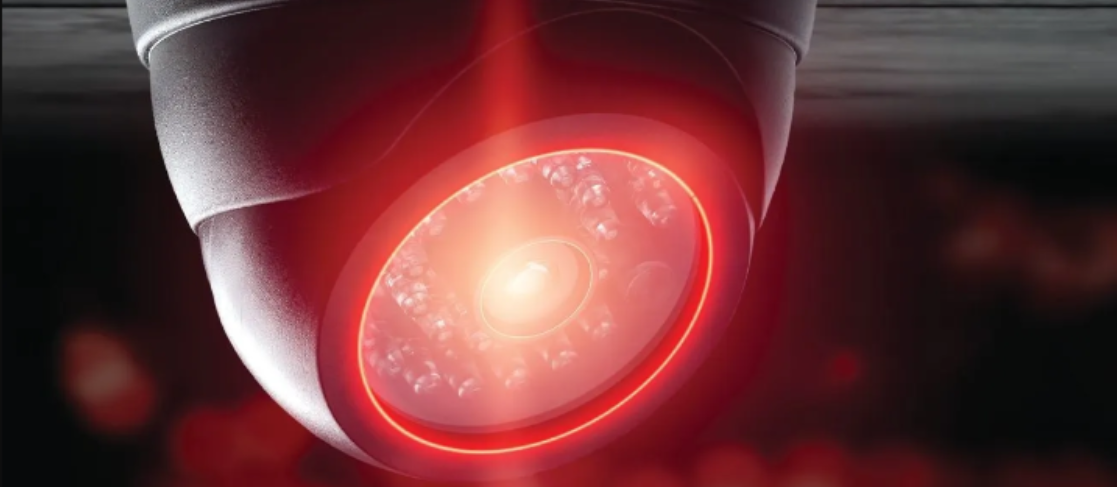The Essential Maintenance Checklist
A guide for FMs, engineers & architects

A maintenance checklist is an essential tool that bridges an organization’s design, engineering and operations – ensuring equipment reliability and building longevity. The purpose of a checklist is to ensure tasks are done correctly and in the same order, no matter who completes them.
The number of pieces of equipment used to keep a facility operational can vary tremendously depending on the size, age, type of facility and industry. Most facilities have HVAC systems, electrical systems, plumbing systems, fire suppression systems and specialized equipment such as medical equipment in hospitals.
All basic equipment maintenance checklists should address freeing machinery from debris, wiping surfaces, checking for and replacing components, checking fluid levels and air filters, as well as calibration. Having a field in the checklist for maintenance frequency, responsibility and accountability (individual, team, department) and a space for comments or notes is advisable for documentation of observations and recommendations. Some organizations are streamlining their operations by using checklist templates.
Given the sophistication of facility equipment, the age of equipment, how frequently the equipment is inspected and other factors, maintenance checklists can go into great depth.
A facility manager may have a seasonal checklist regarding the equipment that needs preparation or to be maintained. In hospitals or other places that are heavily regulated, they may have very specific equipment maintenance timeframes such as monthly, weekly and quarterly.
An FM’s maintenance checklist is different from the manufacturer’s inspection or maintenance checklist for the equipment. For instance, a pump might have a monthly checklist that has five specific steps such as check for leaks, pressure should be between X and Y, clean filter, etc. That checklist might differ from the annual checklist for the same pump.
Maintenance should be broken down into four primary categories to help develop an appropriate system for a given organization – reactive maintenance, preventive maintenance, risk-based maintenance and condition-based maintenance.
-
Reactive maintenance, also known as breakdown maintenance or run-to-failure, involves addressing maintenance issues as they arise or when a piece of equipment or system has already failed.
-
Preventive maintenance involves scheduled and planned maintenance activities aimed at reducing the likelihood of equipment or system failures. It includes routine inspections, replacements and repairs based on a predetermined schedule or usage milestones.
-
Risk-based maintenance (RBM) is a strategy that prioritizes maintenance activities based on the level of risk associated with equipment or systems. It involves assessing the potential consequences of failures and the likelihood of those failures occurring.
-
Condition-based maintenance (CBM), also known as predictive maintenance, relies on monitoring the actual condition of equipment or systems to determine when maintenance is needed. This approach involves using sensors, data analysis, and monitoring techniques to track variables such as temperature, vibration, pressure, and fluid levels. By analyzing this real-time data, maintenance professionals can identify patterns or deviations that indicate impending failures.
Organizations often use a combination of strategies to achieve an effective maintenance program tailored to their needs and resources.
Here are several basic guidelines for creating a maintenance checklist that will be used in the field:
- Involve engineers, technicians, inspectors and subject matter experts (SMEs) in the creation of maintenance checklists. The goal is for the whole organization to see what is happening immediately. Ensure the relevance of the checklist by crafting specific checklists for specific types of equipment.
- Allow for customization for specific scenarios. Seek feedback on the usability and “friendliness” of the checklist continuously based on how it is used in the field.
- Update lists regularly based on equipment and design changes.
- Include measurable parameters for consistency.
- Make sure personnel and shift changes are aware of checklist changes. It is important that checklists reflect insurance, regulatory and compliance requirements.
Both engineers and architects would benefit from visiting some of the facilities where they were involved in design and engineering.
The team that is creating the maintenance checklist should tour facilities and be shown current and updated checklists so that they can see some of the ‘living’ documents in action. They may not have the time to see every checklist, but a good sampling of key pieces of equipment can suffice for reference. After this exercise, they should be able to craft future initial checklists more effectively.
Maintenance checklists must reflect the thinking that went into the design of equipment and the design of the building because facilities teams are responsible for the building long after the engineers and architects have done their work.
Exploring what types of questions should be included in maintenance checklists, who should write these living documents, where these documents should reside, and how frequently checklists should be updated is also important.
It is important to bring in SMEs when developing maintenance checklists. When checklists are relevant, then they’re more likely to be used. These documents need to be constantly updated and adapted to reflect equipment changes.
Good facilities checklists are especially important in a manufacturing environment for both quality and safety. In an FDA regulated manufacturing plant or distribution facility (i.e., food, beverage, nutraceutical, pharmaceutical) it is vital to follow good manufacturing practices (GMP), as maintenance is just as much a part of that effort as any other department.
Some organizations have created a library of preventative maintenance checklists for the hundreds of types of equipment typically found in a building. Checklists are part of preventative maintenance, which is proactive. FMs are planning it, not reacting to it. Checklists are a key part of that process because what is on that checklist determines what FM teams will look at and how they will inspect that piece of equipment.
With equipment like air handling units, there are lots of variable and constantly changing elements and factors. Someone must write down a figure based on acceptable ranges. Checklists must be specific and include a field for something measurable.
If equipment is not inspected properly, the likelihood of failure of that piece of equipment increases, so poor maintenance has a direct impact on capital planning and overall asset value.
If maintenance is not performed, even though a boiler is supposed to last 25 to 30 years, it may only last 15. This kind of failure could throw off an organization’s whole portfolio.
All maintenance checklists should be fluid. The operator should have the ability to add a field specifically for boiler inspections.
Regarding checklist storage, the checklist should be with the piece of equipment or embedded into its software system so that it is readily available. For example, if an FM team repeatedly inspects a cooling tower, they can scan a tag or QR code, which brings them into the software system, and the checklist is there.
Organizations are moving now toward putting QR codes on equipment using laptops or their mobile devices. Using mobile devices to store, update and share maintenance checklists makes more sense than ever as no one has the time to search through notebooks or plan rooms for documentation that is constantly changing.
Using a tablet or a phone, technicians can complete maintenance checklists in the field – whether they are up on rooftops, working between buildings or in other areas. These documents can be shared, if necessary, with outside contractors or inspectors. The era of paper and pencil checklists had its day. When the checklists are designed and created as part of a mobile platform, everyone in the organization can access key information, with no worries about illegible handwriting.
Another element to consider when creating and sharing maintenance checklists is personnel. When a new project manager comes onboard, they should be able to understand the checklist, know who is responsible, and be aware of equipment maintenance changes.
Protecting equipment is a key function of developing maintenance checklists whether working seasonally, according to manufacturer specifications, or adhering to proactive or predictive maintenance guidelines. The best maintenance checklists are well-written, easy to understand, easy to use and update and can be customized for multiple audiences, including FM teams, architects and engineers.

Jack Rubinger has more than 20 years of B2B writing, public relations, and marketing experience. Rubinger earned a bachelor of arts in journalism from Binghamton University in New York. He is a frequent contributor to facility management, technology, construction, healthcare and industrial safety publications and blogs.
Read more on Operations & Maintenance and Project Management
Explore All FMJ Topics









